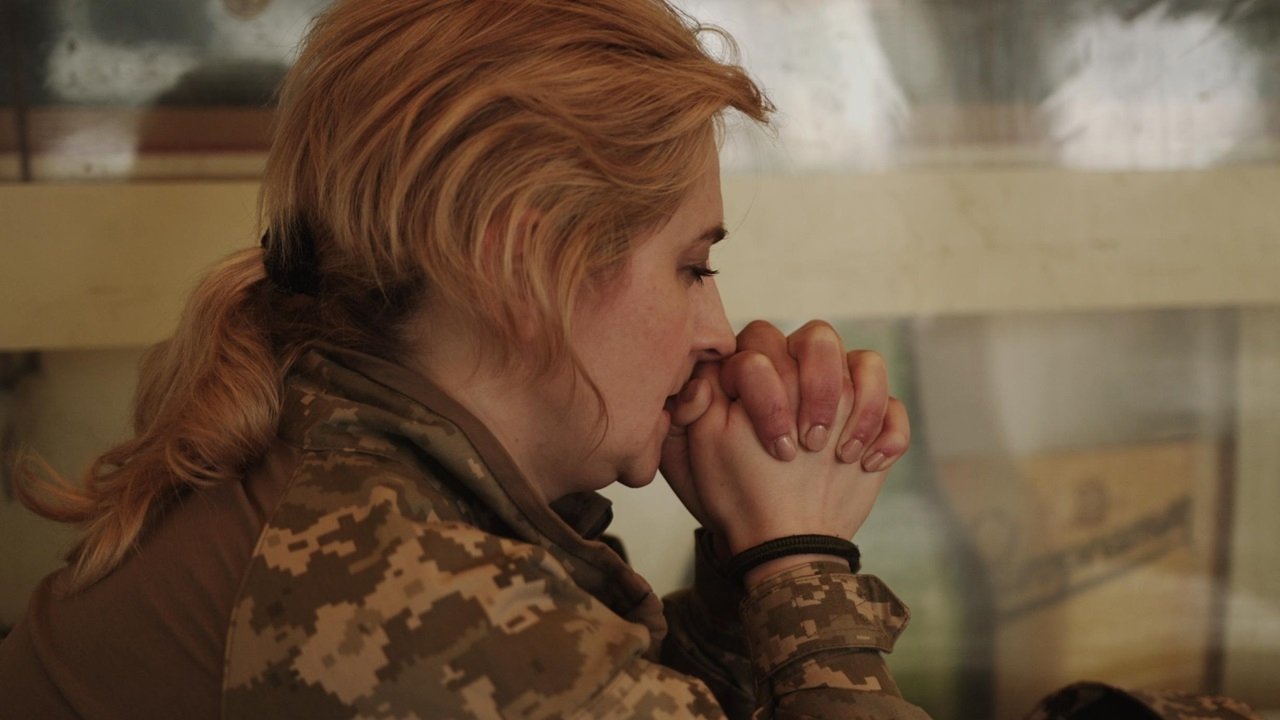
No Obvious Signs (2018)
What is left backstage of the heroic videos of our warriors in Ukraine? What do they have to face, one on one, in peaceful life, and where does the war stop?

What is left backstage of the heroic videos of our warriors in Ukraine? What do they have to face, one on one, in peaceful life, and where does the war stop?
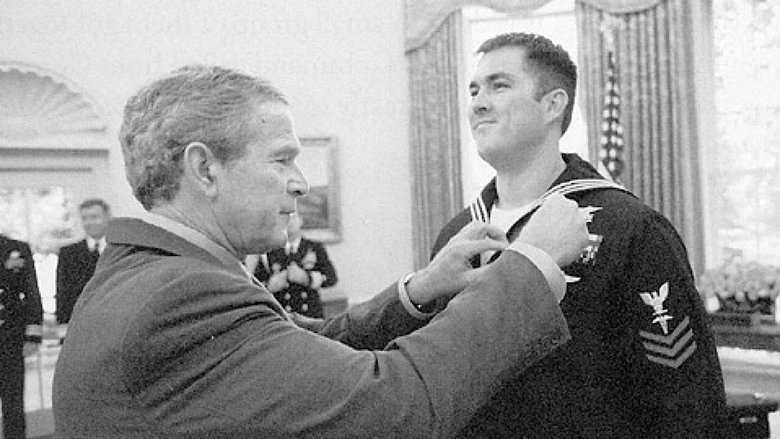
Behind-the-scenes documentary focusing on Marcus Luttrell, the lone survivor of a four-man Navy Seal team ambushed by the Taliban in 2005.
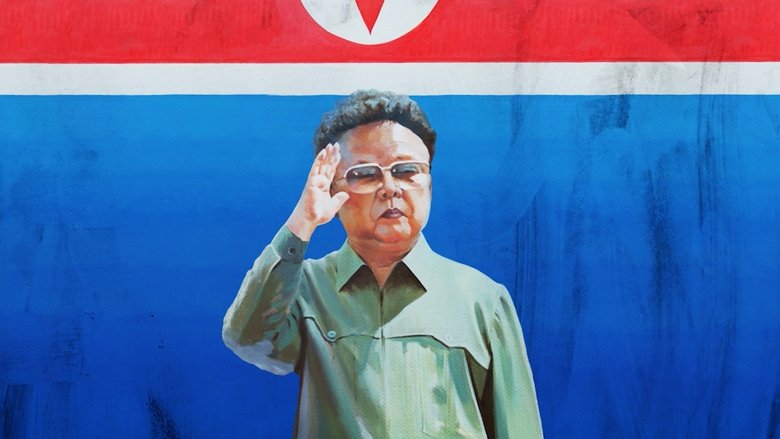
Operating under a pseudonym which means 'no boundaries' - North Korean defector Sun Mu creates political pop art based on his life, homeland, and hope for a future united Korea. His hidden identity is nearly compromised when a massive historical exhibit in Beijing is shuttered by Chinese and North Korean authorities.
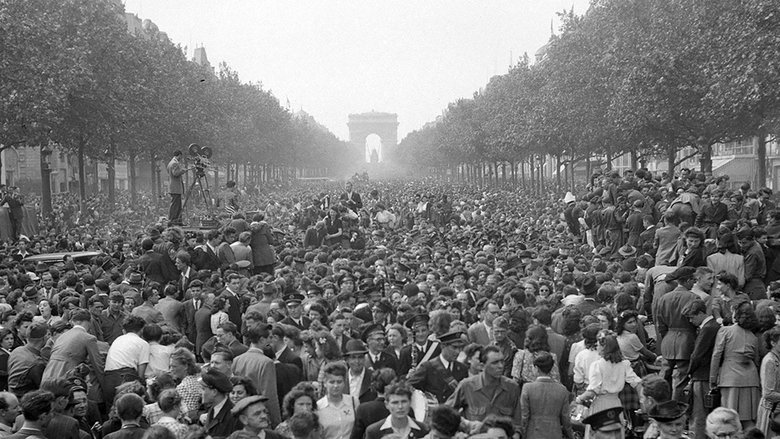
A film made of archives mostly unknown, on the last day of the Second World War in Europe and on the events which preceded it. This film also shows the growing tension between the Allies and the Soviets at the time: May 8, 1945 is also the first day of the Cold War.
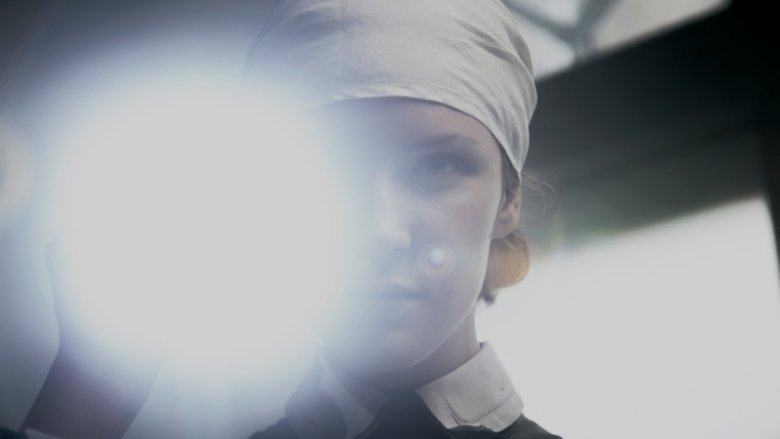
War and Peace of Mind explores what war does to the human mind and how both, the individuals and the nation as a whole, survive it psychologically. Finland and WWII, locally known as continuation war, is the backdrop of this documentary.
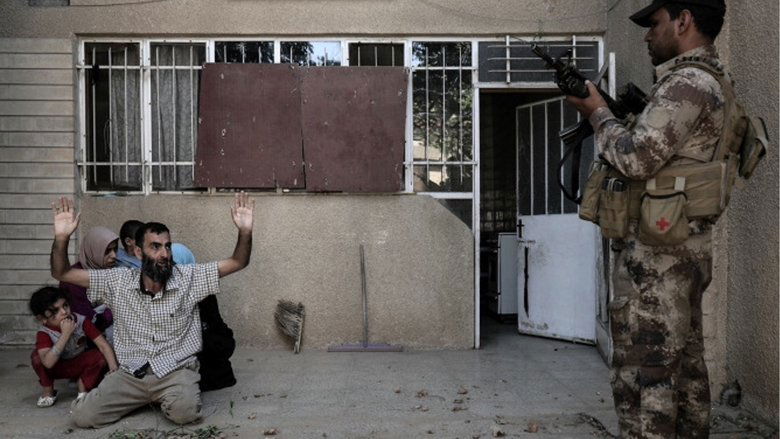
A shock therapy of news coverage from the war front. Documentarist Jana Andert spent eight months with an elite Iraqi Army unit on the front lines of the battle for Mosul, occupied by Islamic State fighters from 2014 to June 2017. An unflinching report from a city in ruins, robbed of its soul by one of the worst catastrophes of modern times.
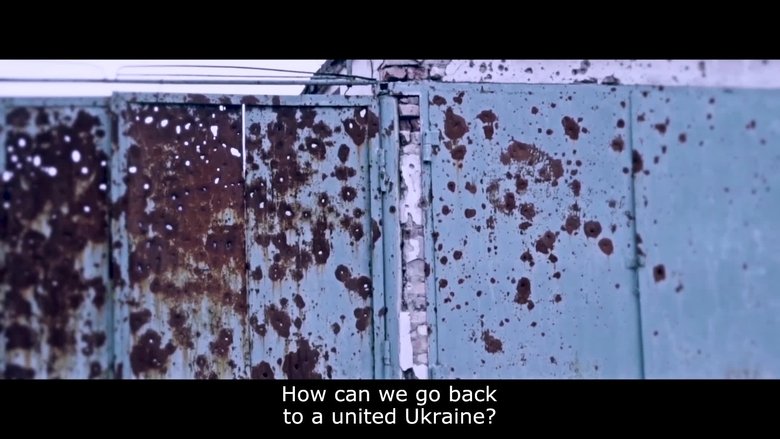
A Sniper’s War is a story of a sniper, whose anti-US views led him to join the pro-Russian rebels in the ongoing Ukrainian conflict—a primary source of tension between the United States and Russia. When social media becomes a communication platform to schedule sniper duels, Deki’s rival threatens to kill him. The New York-based filmmaker, Olya Schechter, obtains unprecedented access to military bases and front line battles to paint an intimate portrait of the complex and fascinating nature of a man walking the tightrope that often comes to the morality of war: is Deki a solder or a killer?
WATCHERS NINE, DAYS OF CHAOS attempts to pull together a team of experts to try and answer some of the most disturbing questions about the times in which we live. Host/Author L.A. Marzulli covers many topics of interest: Dr. Brooks Agnew tells us about EMPs and Jade HELM. We investigate the bee die-off, the 7 year drought in California, violence increasing, Director Richard Shaw found aliens in the Kumburgaz UFO footage and shows how he did it, a pastor in Iran tells us that Yeshua is visiting
A pain management specialist in a Berlin hospital laments how difficult it is to see if black skin has turned blue. The patient, 15year old Arlette, doesn’t understand German. Her knee was injured in the war, and unknown wealthy Germans have helped pay for her trip to have surgery in Europe. The camera follows Arlette on her journey, from her worried family in Central African Republic to the desolate rooms of the hospital and the rehabilitation centre. The girl’s gaze is captivating but impenetrable, and the easily bored teenager surrounded by adult strangers is only cheered up by an interpreter who knows her mother tongue. The story takes a gloomier turn when it transpires that rebel forces have taken up arms in Arlette’s home country.
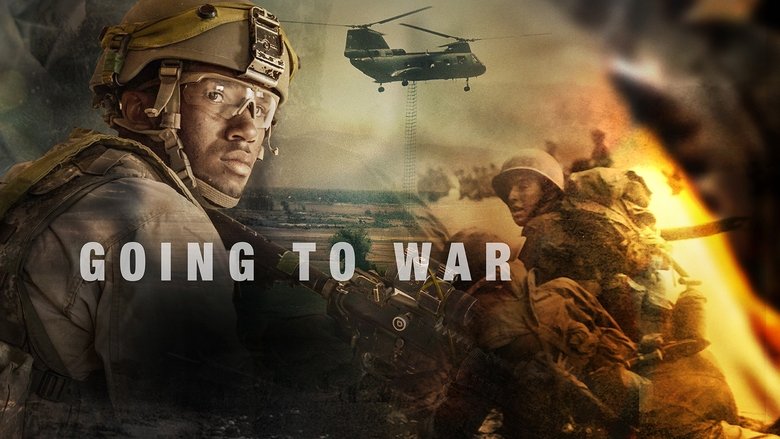
What is it really like to go to war? Filled with terror, pain, and grief, it also brings exhilaration, and a profound sense of purpose. Renowned authors Karl Marlantes and Sebastian Junger help us make sense of this paradox and get to the heart of what it’s like to be a soldier at war. Veterans of various conflicts reveal some universal truths of combat with unflinching candor.
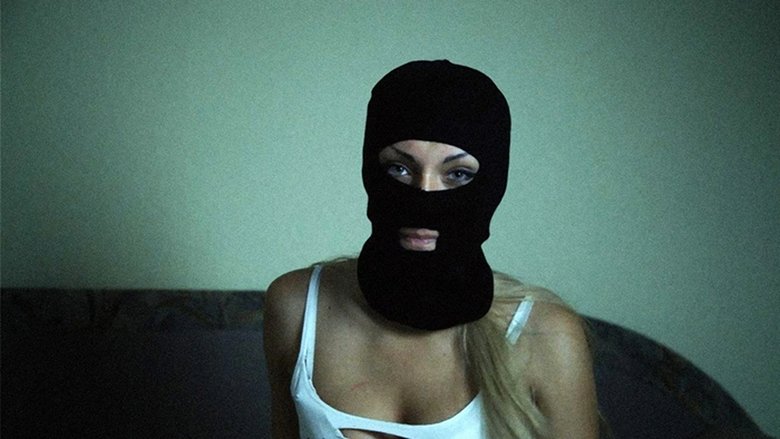
Ukraine's topless feminist sensation Femen has created a media frenzy across Europe, but before they take the world by storm, these bold and beautiful women must confront the dark and perverse forces that power their organisation.
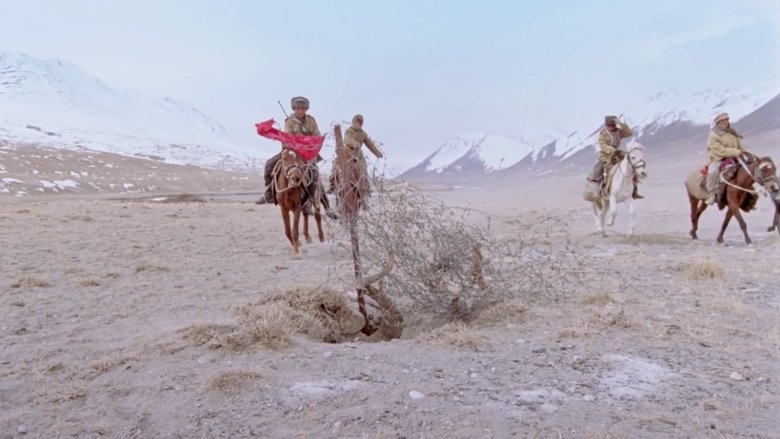
A group of Kuchi children are living in a minefield around Bagram airfield, Afghanistan. They dig out anti-personal mines in order to sell the explosives to child workers mining in a Lappis Lazulli mine. The trajectory of the blue precious stones goes towards Tajikistan and China, through an area controlled by child soldiers. When they are not waging their own mini-wars in the daily madness of life in Afghanistan, the children are fleeing away in their personal fantasies and dreams, while the American soldiers are planning their retreat...
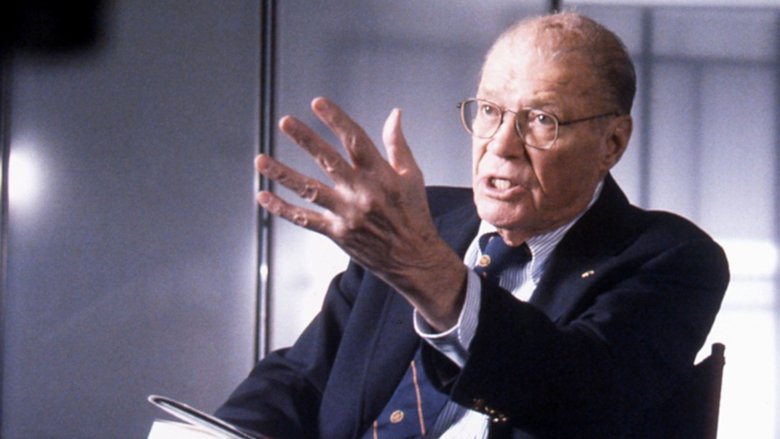
Using archival footage, cabinet conversation recordings, and an interview of the 85-year-old Robert McNamara, The Fog of War depicts his life, from working as a WWII whiz-kid military officer, to being the Ford Motor Company's president, to managing the Vietnam War as defense secretary for presidents Kennedy and Johnson.
This is a detailed personal account of one of the worst incidents to take place during Israel's 2009 invasion of Gaza. Ten-year old Amal Samouni lost her father, brother and 48 members of her extended family. She spent three days trapped under the rubble and still suffers from fifteen pieces of shrapnel imbedded in her head. Her shocking story is brought vividly to the screen by director Anne Tsoulis who examines the events and the cost to those affected.
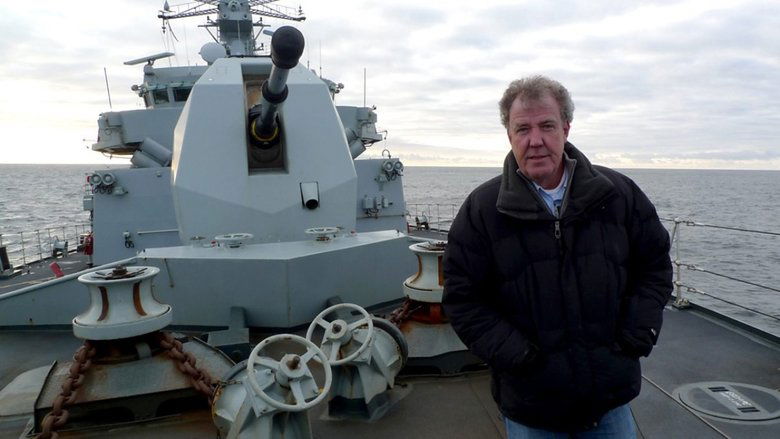
Jeremy Clarkson tells the dramatic story of the Arctic convoys of the Second World War, from Russia to the freezing Arctic Ocean.
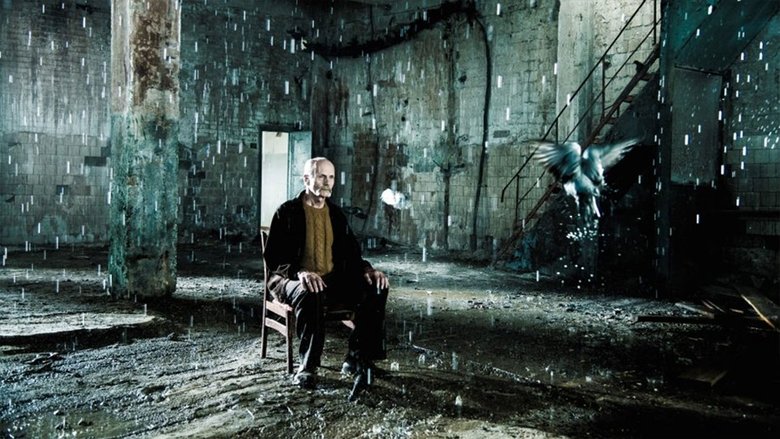
This film does not deal with Chornobyl, but rather with the world of Chornobyl, about which we know very little. Eyewitness reports have survived: scientists, teachers, journalists, couples, children... They tell of their old daily lives, then of the catastrophe. Their voices form a long, terrible but necessary supplication which traverses borders and stimulates us to question our status quo.
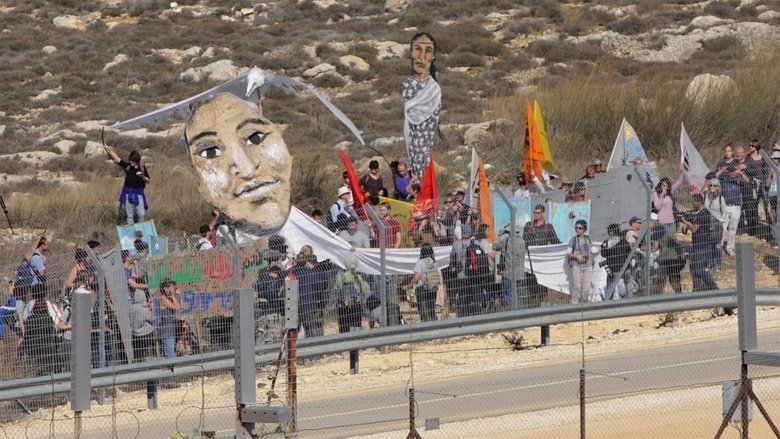
Disturbing the Peace follows a group of former enemy combatants - Israeli soldiers from the most elite units, and Palestinian fighters, many of whom served years in prison - who have come together to challenge the status quo and and say “enough". The film traces their transformational journeys from soldiers committed to armed battle to non-violent peace activists. It is a story of the human potential unleashed when we stop participating in a story that no longer serves us, and with the power of our convictions take action to create a new possibility.
On April 1, 1945, the United States military launched its invasion of the main island of Okinawa, the start of a battle that was to last 12 weeks and claim the lives of some 240,000 people. This film depicts the Battle through the eyes of Japanese and American soldiers who fought each other on the same battlefield, along with Okinawa civilians who were swept up in the fighting. The film also depicts the history of discrimination and oppression forced upon Okinawa by the American and Japanese governments. Carrying up to the current controversy over the construction of a new base at Henoko, the film explores the root causes of the widespread disillusionment and anger expressed by many Okinawans. This ambitious documentary was directed by the American John Junkerman, long-term resident of Japan and Oscar-nominated documentary filmmaker. Okinawa: The Afterburn is a heartfelt plea for peace and an expression of deep respect for the unyielding spirit of the Okinawa people.
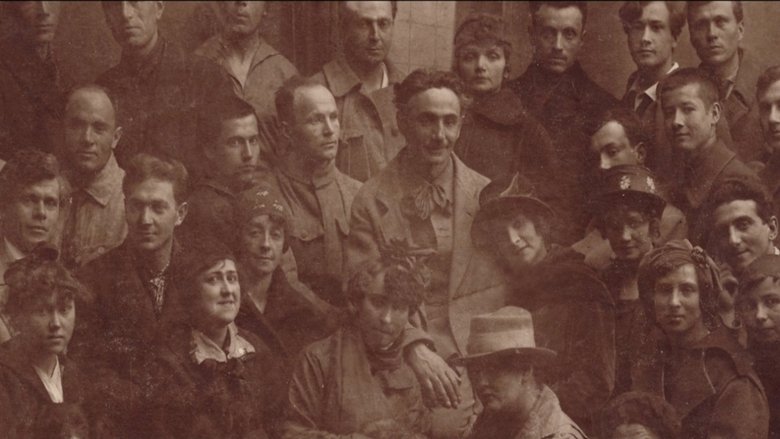
Chain-smoking artists, poets and playwrights were among the colourful array of intellectuals living in the ‘Slovo House’ in 1920s Ukraine. The communist paradise was built under Stalin's approval, but it quickly became a prison. The brutal Soviet regime spied on the inhabitants, destroying their eccentric way of life and sealing their fate. This fascinating film explores the extraordinary story of the building and its residents.